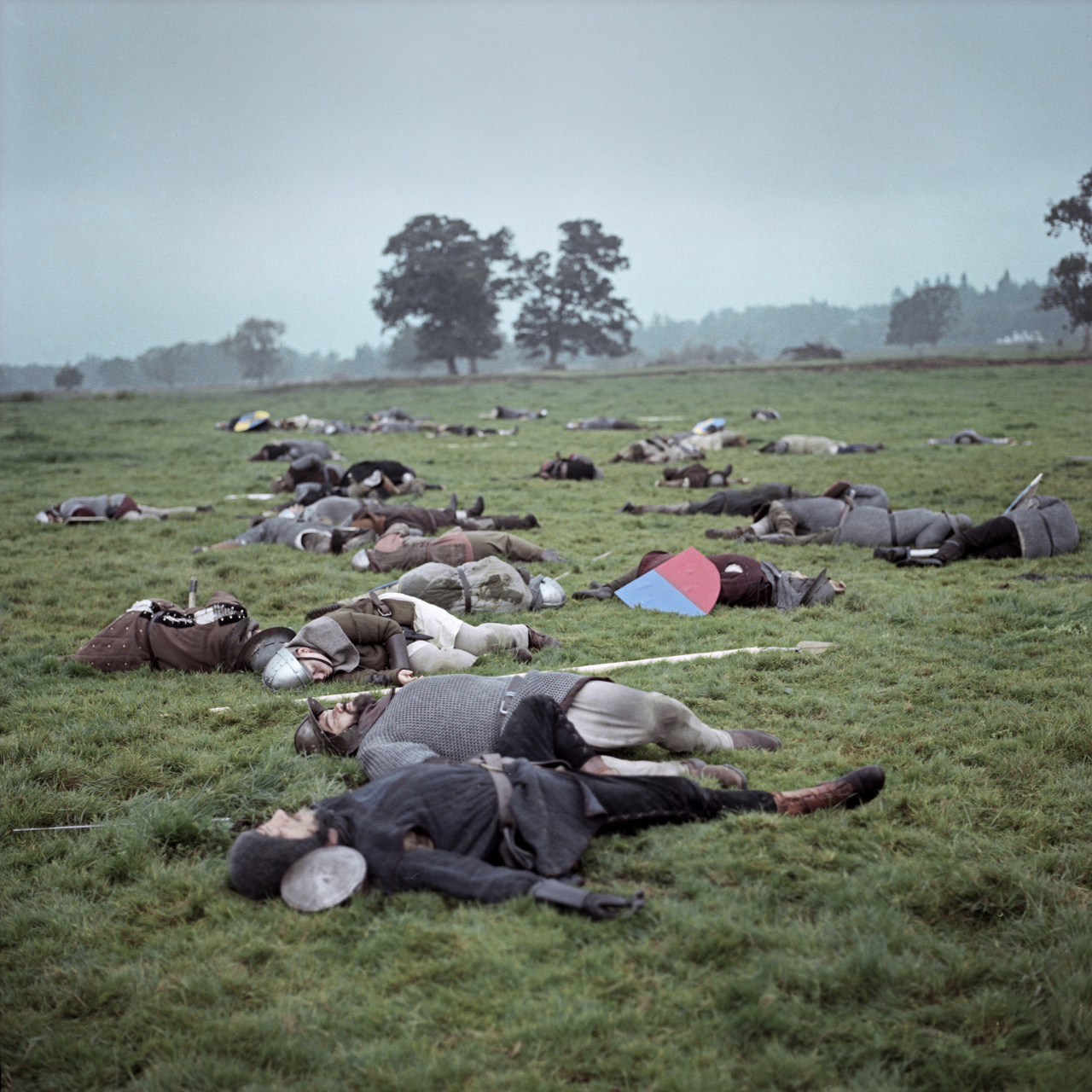This interview by Kerri Macdonald was originally published on the New York Times Lens blog.
Today would have been Scotland’s first Independence Day.
That is, if a majority of Scots had voted “yes” in the 2014 independence referendum. But voters said no, so today is merely another Thursday in Scotland. For many people there, though, an important question remains: What does it mean to be Scottish?
That question has preoccupied the Glasgow-based photographer Kieran Dodds for years. Mr. Dodds, 35, grew up in Stirling and went to college in Aberdeen, in Scotland’s north. It was when he began traveling and working abroad that he started to see his country from an outsider’s perspective.
“Everywhere I went, they’d say, ‘Where are you from?’?” Mr. Dodds said, recalling a trip to Tibet in 2012. “And I’d say, ‘Scotland.’ And they’d say, ‘Ah, freedom!’ They loved ‘Braveheart.’ I thought, why is my culture defined by an Australian director from Hollywood?”
Two years before the referendum, Mr. Dodds decided to dig deeper into Scotland, which he called “a land of myth and legend.” And now, despite the outcome of the referendum, he is still pursuing the personal project, “Land of Scots.”
Mr. Dodds’s square photographs, shot with a Hasselblad, explore the myths and stories he says have come to define his country over the years. Some have to do with the land and its history. Others are pretty famous. Ever heard of Nessie?
“Why are we represented by a mythical monster?” Mr. Dodds asked himself not long after he started exploring “Land of Scots.” The Loch Ness monster, he said, is a symbol of the deeper stories in the landscape.
“It happens to be the one that has captured the imagination and it brings in the tourists,” he said.
Meanwhile, there is Mel Gibson’s William Wallace, the knight who sought independence for his homeland.
“All cultures have clichés, and they help us to grab onto something essential,” Mr. Dodds said. “And so there’s always this warrior spirit thing which came from William Wallace and Robert the Bruce. We kind of use it for tourist promotion. And so I say it’s a useful cliché. And it’s also a good cliché. Who wouldn’t want to be a ferocious warrior in the world’s eyes?”
Mr. Dodds, who has been working as a freelance photographer for about a decade, said that assignment work — in particular, assignments for international publications, including The New York Times — has allowed him to see more of his own country. While shooting for the National Trust of the United Kingdom, he traveled to St. Kilda, an archipelago in the North Atlantic that was named a Unesco World Heritage site in the mid-1980s. It’s “the last bit of land before America or Canada,” he said (Slide 1).
It is not easy to get to St. Kilda, so Mr. Dodds was grateful to have a reason to visit.
“Everybody thinks of it as this kind of deserted, mythical place,” he said. “It is very cool to be there. There is something awesome and otherworldly about it.”
As we spoke about the myths attached to a number of his images, Mr. Dodds paused.
“Our national animal is a unicorn,” said Mr. Dodds, who happens to have studied zoology. “I’ve been dancing around all these other myths, but the best one is the national beast of Scotland, a unicorn.”
Most people would agree that unicorns are not real. But as Mr. Dodds writes on his website, the beasts “are so common in Scotland that people don’t notice them. They try to get our attention by standing on two feet, with shaggy manes and even sticking their tongues out. They are so everyday that it has taken me three decades to notice they are everywhere.”
Had Scotland gained independence from Britain, the unicorn — which joins England’s lion on the Royal Coat of Arms of the United Kingdom — would have been lost.
Although the political atmosphere in Scotland has quieted down since the summer and fall of 2014, Mr. Dodds said, questions of identity remain a crucial part of the conversation in Scotland.
“These questions have not gone away. In fact, they’re more pointed,” he said. “But we’ve shown that you can have very different opinions and yet still live together, and live in a way that is living, not just bearing with one another.”
The history of Scotland has been one of flux, Mr. Dodds said. He thought back to something he heard while working on a series about Tibetan nomads: “No culture is a museum piece.”
“That, for me, was like, ‘Ah, right!’?” he said. “Because we want to hold onto something, keep it static, but it’s always shifting and changing.” How long will Mr. Dodds pursue the question of Scotland’s identity — an identity that probably won’t ever be pinned down? He simply said: “There’s worse things to do.”


